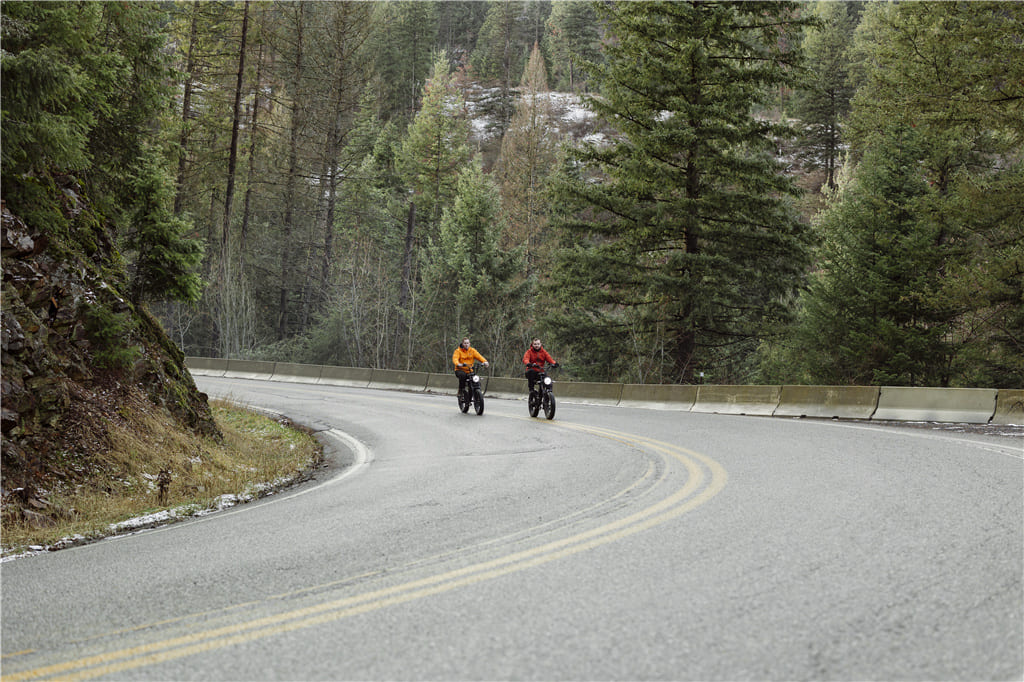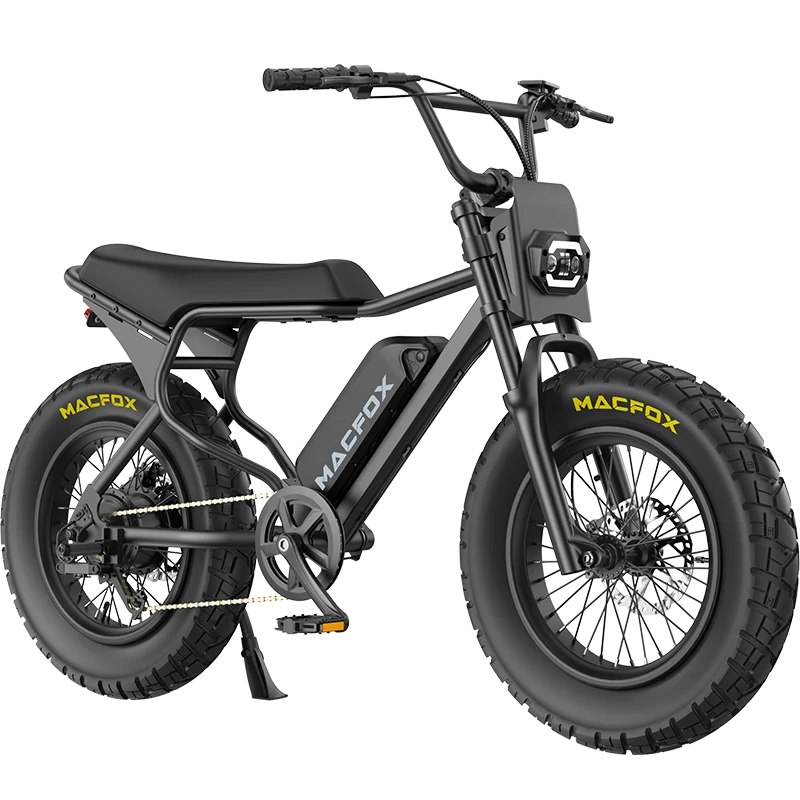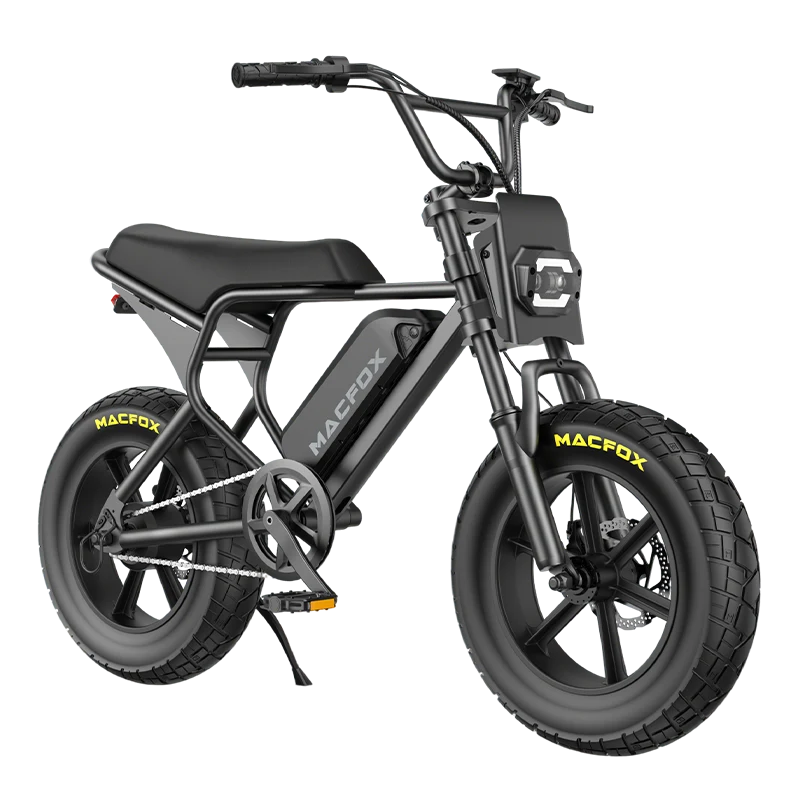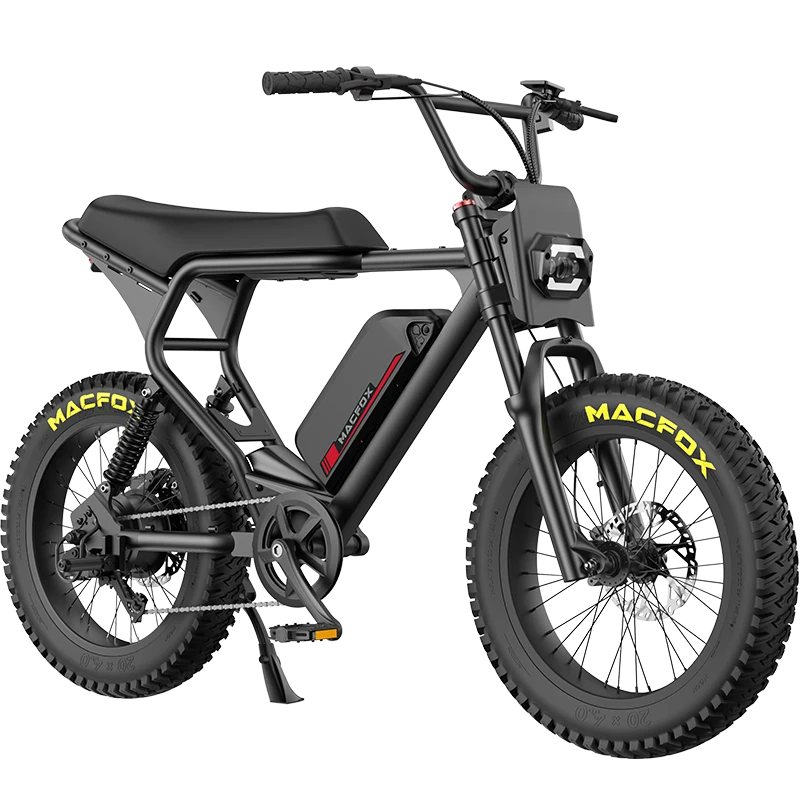As electric bikes gain popularity due to their eco-friendliness and user-friendliness, more Americans are turning their passion for cycling into thrilling camping adventures. Discovering campsites that support both activities is not just crucial, but it's the gateway to an exhilarating outdoor experience. This article takes you on a journey to explore 10 electric bike-friendly campsites around the U.S. These campsites not only provide exceptional amenities, stunning scenery, and trails suitable for electric bikes but also offer a sense of adventure and exploration—ideal locations for any cycling adventurer looking for unique outdoor destinations to visit on two wheels.
What Are the Characteristics of an Electric Bike-Friendly Campsite?

Electric bikes require certain conditions and facilities to maximize their safety and enjoyment. An e-bike-friendly campsite not only offers safe storage and charging services but also gives access to trails suitable for electric biking. Many e-bike campsites feature well-kept paths connected to larger trail networks and provide comprehensive information on local biking rules and regulations, ensuring your safety and convenience at every step of your adventure.
Explore Electric Bike-Friendly Campsites across the U.S.
The United States offers an extraordinary diversity of landscapes, each region offering its distinct atmosphere for camping and biking enthusiasts. From the rugged West Coast cliffs to the lush Northeast forests, every biker will find their ideal campsite here. This section not only highlights how different geographies cater to bike camping enthusiasts but also aims to inspire you to explore these unique and diverse locations.
-
1. Coastal Getaways for Electric Bike Enthusiasts
Northern Lights Resort, California
Northern Lights Resort lies along California's picturesque coast and offers more than stunning ocean views. Boasting bike paths running alongside the shoreline and charging stations for electric bikes at every campsite, this idyllic getaway provides bikers with a relaxing retreat.
Sea Breeze Camping, Florida
Sea Breeze Camping in Florida provides cyclists easy access to sandy trails and an abundant ecosystem and even organises guided e-bike tours that showcase local flora and fauna.
-
2. Mountain Escapes for Adrenaline Junkies
Eagle Ridge Campground, Colorado
Eagle Ridge Campground in Colorado provides mountain bikers with ample biking trails that are e-bike-friendly. This campsite features high-altitude campsites with breathtaking views and amenities such as bike maintenance stations and guided mountain tours - perfect for those craving altitude!
Sky High Sanctuary, Vermont
Sky High Sanctuary, nestled into the Green Mountains, provides the ideal retreat for bikers who appreciate forest trails and mountain streams. Offering maps that accommodate e-bikes and advice from local experts, this camp provides comprehensive biking adventures.
Related Reading: A Day to Go Camping with Macfox Bike
-
3. Lakeside Retreats Where You Can Ride and Relax
Lakeside Leisure Park, Michigan
On the shores of Lake Michigan lies this campsite, which combines relaxation with adventure. Boasting wide trails that encircle the lake, this destination is an excellent spot for families or those just getting started with electric biking - charging stations are conveniently placed near all key scenic spots for an effortless experience!
Crystal Lake Camp, Minnesota
Situated around Crystal Lake, this campsite provides a peaceful retreat and easy access to multiple biking trails that meander through the surrounding forest. Plus, weekly electric bike races make this camp the ideal location to test your skills!
-
4. Desert Adventures for the Rugged Biker
Sunset Oasis, Arizona
Experience the unique landscape of the Arizona desert at Sunset Oasis. The campsite offers guided night rides that let bikers explore the desert under the stars. Facilities for e-bikes include solar-powered charging stations and cool, secure storage.
Dune Explorer Camp, Nevada
Located near historic trails, Dune Explorer Camp provides a rugged desert experience with modern amenities. The campsite offers a special e-bike trail that runs through old mining towns and natural springs.
-
5. Forest Retreats for Nature Lovers
Whispering Pines, Oregon
Deep in the heart of Oregon’s forests, Whispering Pines offers shaded trails and a quiet atmosphere. The campsite is equipped with e-bike friendly trails that connect with regional park networks, ideal for long-distance explorers.
Maple Grove, New York
In upstate New York, Maple Grove is a favorite for those who enjoy the lush landscapes of the East Coast. The campsite is accessible year-round and offers heated storage for electric bikes during the colder months.

Conclusion
Electric bike-friendly campsites across the U.S. are evolving to meet the needs of eco-conscious travellers, providing essential amenities and experiences for electric biking trips. These top 10 sites meet these criteria and offer unique experiences that complement outdoor adventures - peaceful lakefront retreats or challenging mountain climbing routes; there's bound to be an e-bike destination just waiting to be discovered on two wheels! Take the journey on two wheels and find their natural splendour!
FAQs
What should I look for in an electric bike-friendly campsite?
Ensure the campsite offers secure storage, charging facilities, and easy access to suitable trails.
Can electric bikes be used on all trails?
Not all trails suit e-bike use; always double-check local regulations and trail rules before heading out on your ride.
Are there age restrictions when riding electric bikes at these campgrounds?
Age restrictions vary by location; for the best experience, contacting each campsite directly about their specific policies is advisable.


















